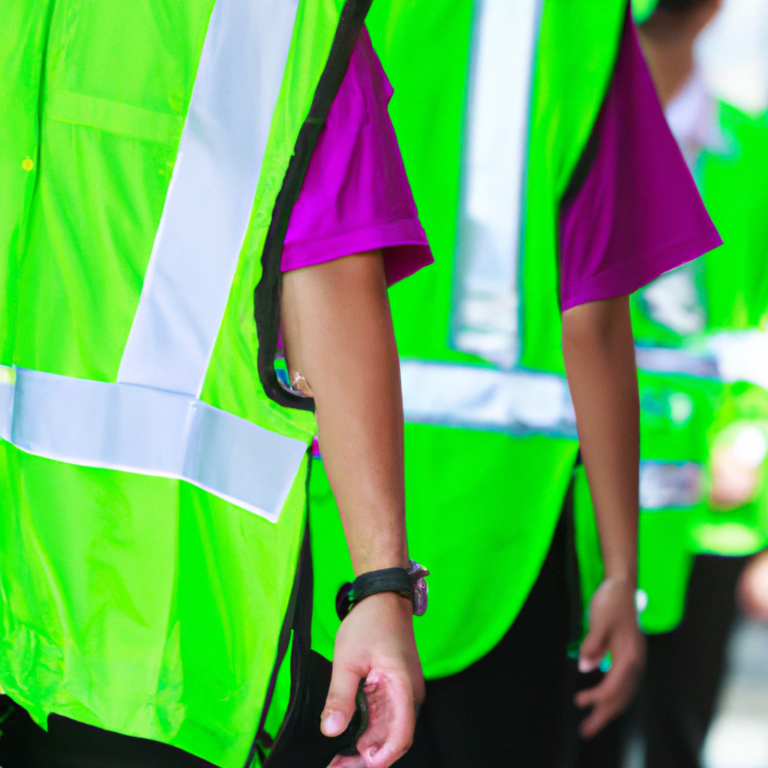Choosing a nursing home in Horsham is a significant decision that requires careful consideration and research. It’s a process filled with complexities and emotions, but with the right approach, you can navigate it successfully. In this guide, we’ll explore the essential steps to take when selecting a nursing home in Horsham, ensuring that you make an informed decision that prioritizes quality care and peace of mind.
Understanding Your Needs
Before diving into your search for a nursing home, it’s crucial to understand the specific needs you or your loved one have. Consider factors such as medical requirements, assistance with daily tasks, and any specialized care needs. This initial assessment will help you narrow down your options and focus on facilities that can meet those needs effectively.
Researching Nursing Homes
Researching nursing homes in Horsham is an essential step in the decision-making journey. Begin by seeking recommendations from healthcare professionals, friends, and family members familiar with local facilities. Furthermore, delve into online reviews and testimonials to glean insights into the reputation and quality of care offered by each facility. It’s vital to gather as much information as possible to make an informed decision. By conducting thorough research, you can gain a better understanding of what each nursing home in Horsham has to offer and determine which one aligns best with your needs or the needs of your loved one. This process allows you to make a decision confidently, knowing that you’ve explored all available options and chosen a facility that prioritizes quality care and resident well-being.
Touring Facilities
Once you’ve identified a few potential nursing homes, schedule tours to get a firsthand look at each facility. Pay attention to the cleanliness, safety measures, and overall atmosphere during your visits. Take note of how staff interact with residents and whether the environment feels welcoming and comfortable.
Evaluating Services and Amenities
Beyond basic medical care, consider what additional services and amenities each nursing home offers. Look for facilities that provide personalized care plans, recreational activities, and opportunities for social engagement. Evaluate the dining options, recreational activities, and other amenities available to residents.
Financial Considerations
Understanding the financial aspects of nursing home care is essential for making an informed decision. Take the time to understand the costs associated with each facility, including monthly fees and any additional expenses. Explore payment options and determine whether the facility accepts insurance or government assistance programs.
Involving Family and Loved Ones
Choosing a nursing home is a decision that often involves the input and support of family members and loved ones. Gather feedback from them and involve them in the decision-making process. Their perspectives and insights can provide valuable guidance as you navigate this important decision.
Making the Decision
After thorough research and consideration, it’s time to make a decision. Trust your instincts and choose a nursing home where you feel confident about the quality of care and support provided. Consider factors such as location, reputation, services, and amenities when making your decision.
Transitioning to a Nursing Home
The transition to a nursing home can be challenging, both emotionally and logistically. Offer support to your loved one as they adjust to their new surroundings. Work closely with facility staff to ensure a smooth transition process and address any concerns or questions that arise.
Adjusting and Advocating
Stay actively involved in your loved one’s care journey, advocating for their needs and preferences. Keep lines of communication open with facility staff and participate in care planning meetings to ensure personalized support.
Monitoring and Reevaluating
Continuous monitoring is crucial to ensure that your loved one’s needs are being met satisfactorily. Keep an eye on their well-being and be proactive in addressing any concerns or issues that arise. Reevaluate their care plan regularly to ensure it continues to align with their evolving needs.
Maintaining Engagement and Connection
Maintaining connections with your loved one is essential for their emotional well-being. Make an effort to visit regularly, participate in activities together, and stay in touch through phone calls and visits.
Coping with Challenges
Acknowledge and address the challenges inherent in transitioning to a nursing home. Seek support from your network and lean on facility staff for guidance and assistance as needed.
Planning for the Future
As your loved one’s needs evolve, remain proactive in revisiting their care plan and exploring alternative options when necessary. Stay informed and engaged to ensure that their care journey continues to align with their evolving needs.
Conclusion
Choosing a nursing home in Horsham is a significant decision that requires careful consideration and research. By following these steps and maintaining an open mind, you can find a facility that provides the care and support your loved one deserves, fostering a sense of belonging and security in their new home.…




